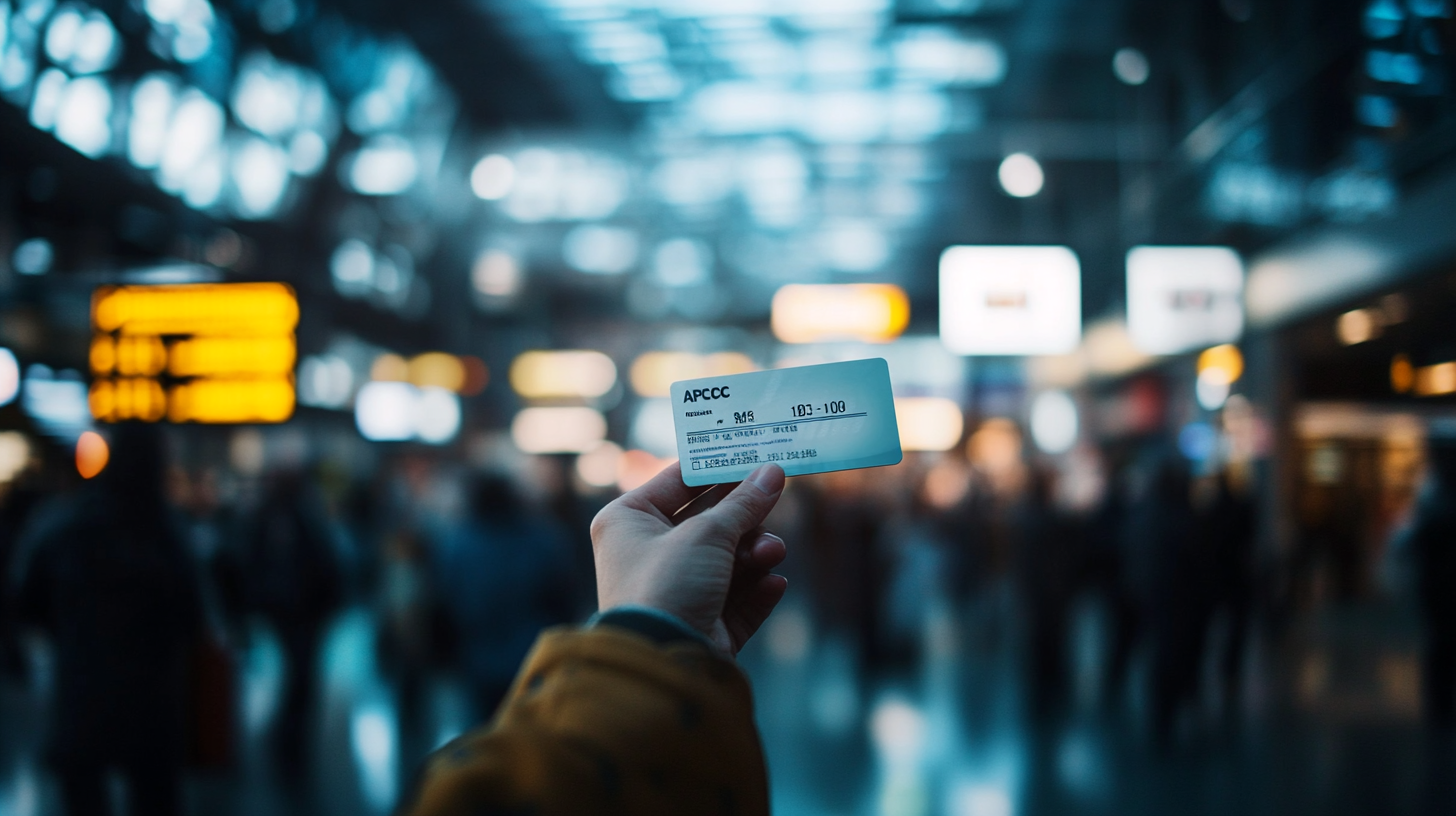The APEC Business Travel Card: A Frequent Flyer’s Secret to Faster Travel
In my own journeys across the Asia-Pacific region, I’ve learned to appreciate every second saved at immigration counters. The APEC Business Travel Card (ABTC) has become a real secret weapon for anyone frequently navigating these busy corridors. Originally launched to boost trade and travel among APEC economies, the ABTC has been continually refined, and as of 2025, it remains one of the most efficient ways to fast-track cross-border entry in participating regions.
While it won’t replace the good old passport, the ABTC functions like an all-access pass to dedicated fast-track lanes, cutting down frustrating wait times so you can focus on exploring a new city or prepping for that critical business pitch. According to official APEC data, 19 economies grant either visa-free entry or expedited immigration clearance, and transitional members like the United States and Canada still offer partial but valuable perks. This card is valid for up to five years, and with new digital options now available, it’s simpler than ever to tuck this travel advantage right into your phone.
What Is the APEC Business Travel Card?

I’ve met countless fellow travelers who had no idea the ABTC even existed, yet it’s been around since the late 1990s, evolving to simplify border procedures. Think of it as a complement to your passport, not a replacement. Whenever I land at airports like Singapore’s Changi or Hong Kong International, the sight of those special APEC lanes is like hitting the jackpot—lines are noticeably shorter, giving you more time to enjoy lounge perks or hail a taxi into the city.
For those who juggle multiple trips across APEC economies each year, the ABTC is akin to a backstage pass. A recent industry report from 2024 suggested that cardholders can shave up to 30% off their overall immigration waiting time. That might not sound like a lot until you’re sprinting to make a connecting flight or rushing to an important meeting straight off a red-eye. Plus, the peace of mind that comes with pre-approved entry rights can’t be overstated.
It’s key to remember that this card’s privileges vary per economy: some fully recognize it for visa-free entry, while others offer expedited processing instead. It’s always wise to double-check your itinerary against current guidelines, which are frequently updated on official APEC and home-country government websites. Transparency and staying informed are the bedrock of hassle-free travel experiences.
Who Qualifies and How to Apply

Eligibility often hinges on a traveler’s need for frequent business-related trips and a clean record. I’ve seen plenty of colleagues who didn’t realize it can make a world of difference if you’re regularly hopping between economies like China, Japan, Singapore, or Malaysia. If you’re a citizen of a full-participating economy, the application process generally starts on your home economy’s official ABTC portal, which is secured with HTTPS to protect your sensitive data.
In the United States, travelers have to be members of a CBP Trusted Traveler Program—like Global Entry or NEXUS—before even applying for the ABTC itself. I remember the first time I went through the process: I had my Global Entry interview, then paid a separate, non-refundable fee for the ABTC. It sounded daunting, but in hindsight, it was well worth the effort given how often I use expedited lanes. Meanwhile, Vietnam charges a fee of 1,200,000 VND, and other economies may have their own nominal costs or administrative steps.
You can track your pre-clearance status using official ABTC tools, such as the ABTC Pre-clearance Status Tracker or, if you’re from Canada or the U.S., through your Trusted Traveler Program account. This transparency makes it straightforward to see exactly which economies have approved your access and which ones might still be pending. Whenever I’ve had a concern, I’ve found the official FAQs and government helplines to be surprisingly direct and supportive.
Key Benefits and Considerations

The ABTC’s draw for me is pretty simple: saving time. From avoiding extra visa paperwork to breezing through immigration lines, those minutes add up over the course of frequent trips. According to a 2023 traveler survey, almost 65% of ABTC holders cited shortened queues as their number-one reason for renewing. For full members, visa-free or simplified entry is the highlight, but even partial benefits for U.S. and Canadian cardholders offer faster lines, especially during peak hours.
However, it’s not a magic wand for every travel scenario. The ABTC typically covers short-term business or tourism stays, so if you’re planning to relocate or work long-term, you’ll need the appropriate permit or visa. Also, even though it’s recognized by most border control systems, there can be unexpected curveballs—like staff shortages or congestion at major transit hubs. I’ve personally witnessed longer lines than usual at certain airports during holiday seasons, making it vital to stay flexible.
Finally, always keep an eye on your passport’s validity, because some checkpoints are strict about matching your ABTC details with an unexpired passport. If your passport expires before your ABTC does, you may need to update your information officially. A little planning goes a long way here, ensuring your travel remains as seamless as possible.
The Bottom Line for Frequent Flyers

From my perspective, any traveler serious about cutting down border queues and skipping multiple visa applications stands to benefit from the ABTC. If you find yourself bouncing around Asia-Pacific throughout the year, the streamlined arrival processes and reduced administrative hassle can be a game-changer. Just make sure to apply well in advance of your next trip, so you’re not caught off guard by processing times.
Whether you’re a digital nomad chasing free Wi-Fi and epic coworking spots or a corporate road warrior stacking up frequent-flyer miles, the ABTC offers a clear advantage. For those who crave efficiency, it’s a must-have companion on your travels—making the quest for that perfect balance of work and play just a little bit easier.
Final Thoughts
After crisscrossing busy hubs like Tokyo Haneda, Sydney Kingsford Smith, and Vancouver International, I can confirm there’s something immensely satisfying about breezing past long queues armed with a powerful pass. If you’ve ever daydreamed about skipping the gridlock of passport control, the APEC Business Travel Card might just be the perfect companion for your journey.
Of course, every traveler’s itinerary is unique, so a little research goes a long way. Make sure to double-check each destination’s rules, keep track of your card’s validities, and never forget that a friendly demeanor can smooth out even the strictest immigration lines. The ABTC won’t solve every border crossing headache, but it certainly helps manage a good chunk of them.
Barry B.’s Take
From my vantage point, the ABTC isn’t just a bureaucratic document—it’s a golden key for maximizing productivity and minimizing stress. I love being able to squeeze in extra time at a local café or make an earlier business appointment because I didn’t have to stand in line for half an hour at immigration.
If you’re an avid traveler who thrives on efficiency and flexibility, the ABTC could be your best ally. It’s transformed how I plan my routes and given me fresh perspectives on how much time and energy I can save just by having the right tools in my pocket.







